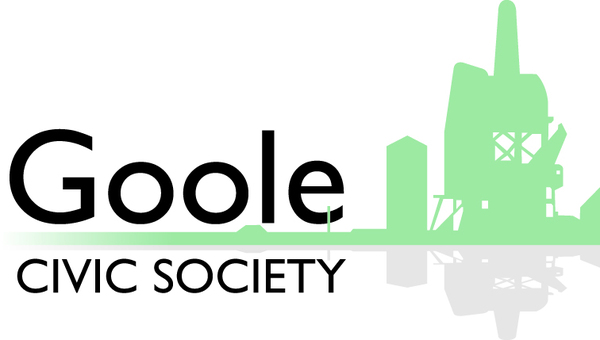Some interesting facts about Goole
- Goole is the UK’s furthest inland port, located on the River Ouse, almost 50 miles from the North Sea. It has been called “a port in green fields” because of its location.
- Our name in unique, though if you try to find it on a popular search engine you will be asked “Did you mean: google”. Goole comes from Middle English, deriving from the word goule, meaning gully or outlet to a river.
- The first settlement, now known as Old Goole, was established after Dutch Civil engineer Cornelius Vermuyden diverted the River Don towards the River Ouse in the 1620s on the orders of King Charles I. The diverted river is known as the Dutch River and is crossed by a bridge marking the entrance to Old Goole.
- The much larger port town of Goole was purpose-built as a “company town” by the Aire and Calder Navigation Company, who built a canal from Leeds to Goole and docks leading into the River Ouse. Goole received its charter as a port in 1826 and grew rapidly throughout the 19th century. The town’s clock tower was built to commemorate its centenary in 1926. We are now looking forward to the bicentenary in 10 years.
- Goole has a rich maritime heritage and in its heyday boasted a number of shipping companies trading with Europe and the world, rivalling Hull. There were even passenger ferries to Europe. It is still a busy working port, handling around two million tonnes a year. Cargoes include timber, steel, construction materials, biomass and wind turbines.
- For more than 150 years the port was a hub for the export of coal arriving from the Yorkshire coalfields via the canal and railway until their decline in the 1980s. Engineers developed a system of transporting coal along the canal that was unique to Goole. Compartment boats, nicknamed Tom Puddings, probably because they looked like pudding tins, were linked together in long ‘trains’ and pulled along the canal by a tug. At the docks, hydraulic compartment boat hoists lifted the Tom Puddings and tipped their contents into the holds of waiting ships. Only one of the original five compartment boat hoists survives and is now a Grade 2* listed building. It is one of the town’s landmarks and is depicted on Goole Civic Society’s logo.
- Other landmarks are the town’s twin water towers – nicknamed the Salt and Pepper Pots, the spire of St John’s Church, which towers over the docks, and the dock cranes. This familiar skyline can be seen from whichever way you approach Goole – by road, rail or along the canal or River Ouse.
- In August 1915, Goole was bombed in a zeppelin raid, which killed 17 people. Sixteen of these are buried together in the town’s cemetery and their memorial was restored last year to mark the centenary.
- Goole also had its own shipbuilding and repair company on the Old Goole side of the Dutch River until the 1980s. Sections of the Mulberry Harbour used in the D-Day landings were constructed in Goole and floated to France. Goole Shipyard also built the Blue Bird IV luxury motor yacht for world speed champion Sir Malcolm Campbell in 1938.
- Goole has two marinas, one on either side of the Aire and Calder Navigation, linking boaters to the rest of Britain and beyond via the canal network or River Ouse and Humber.
